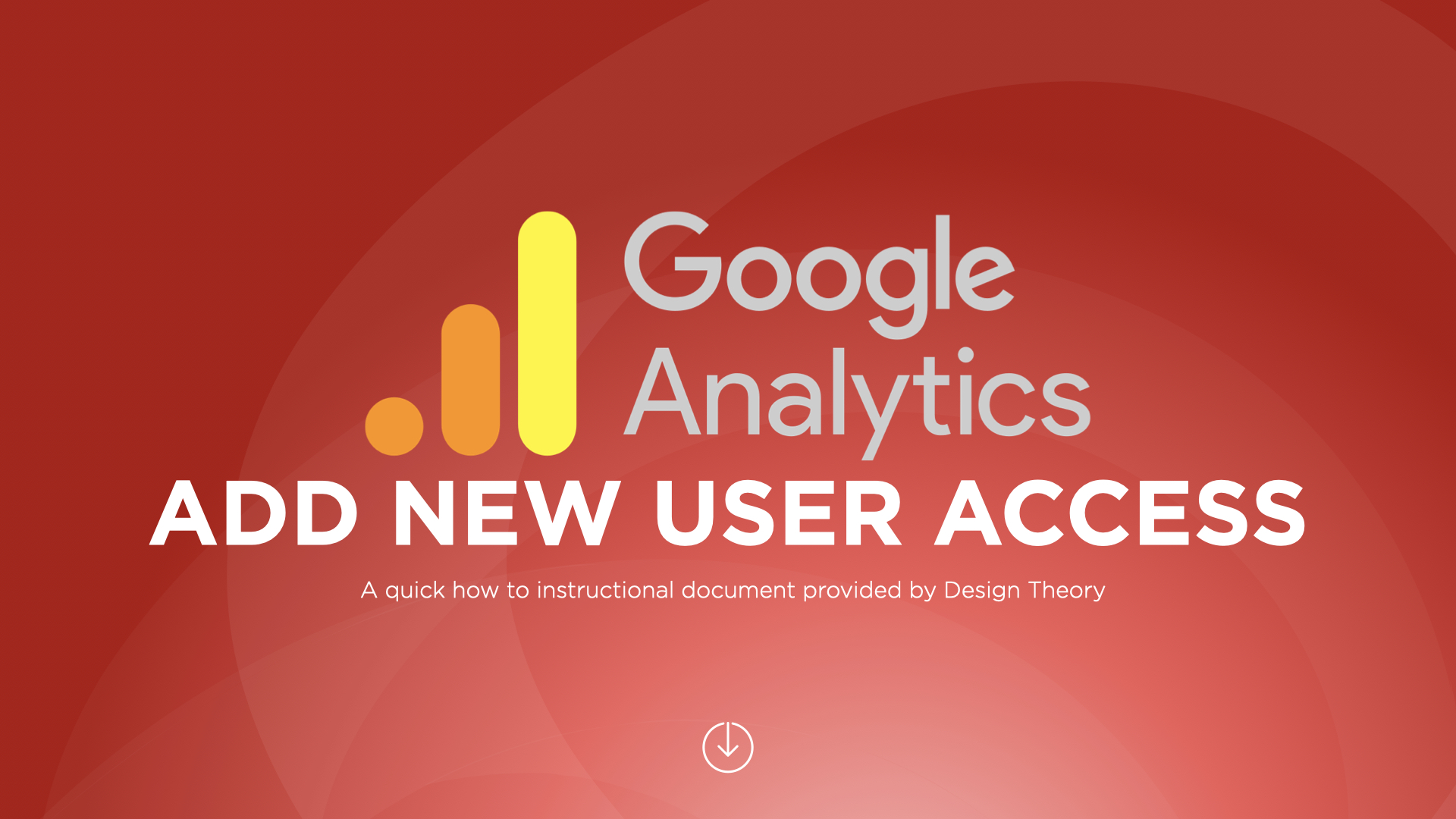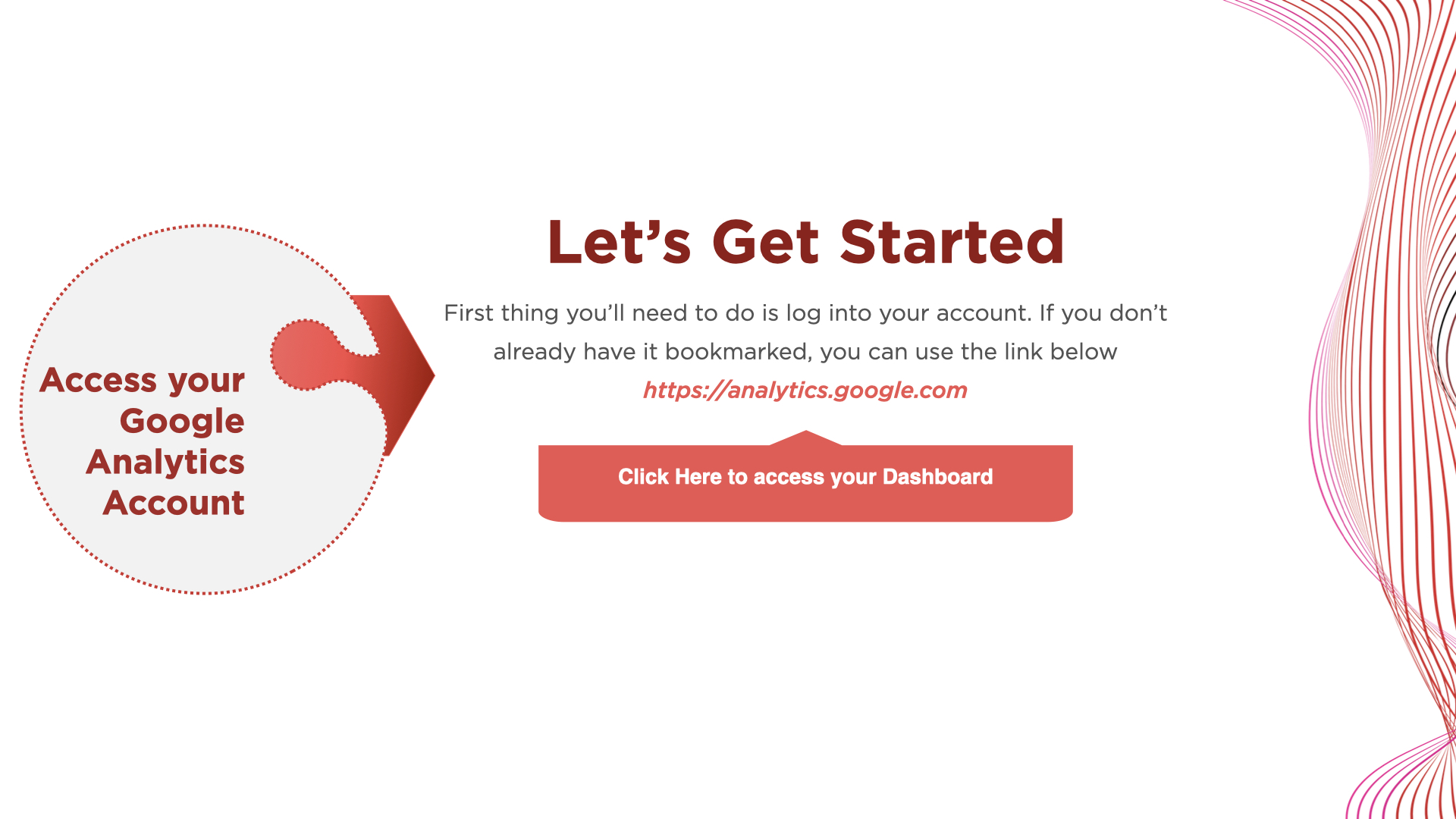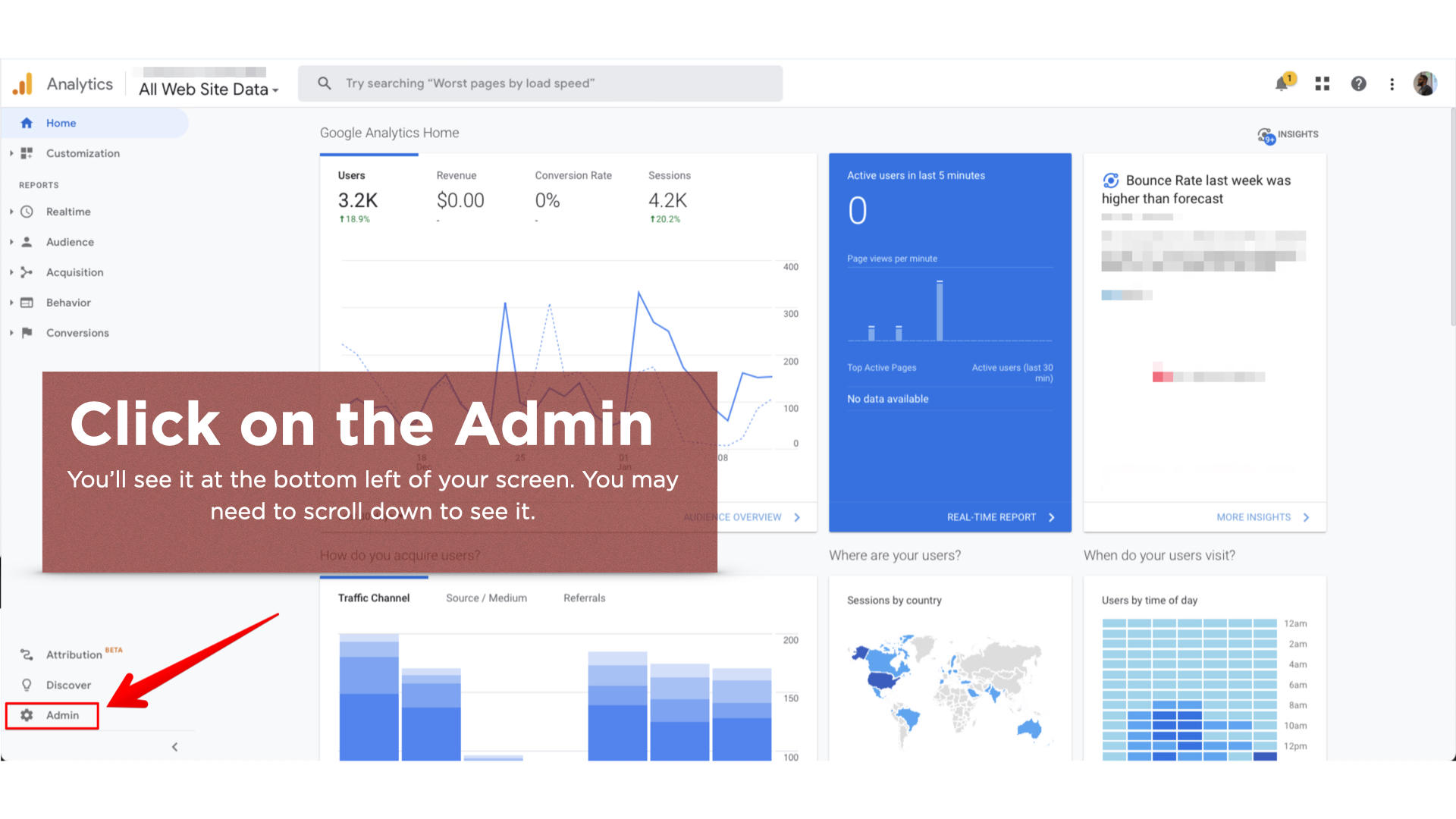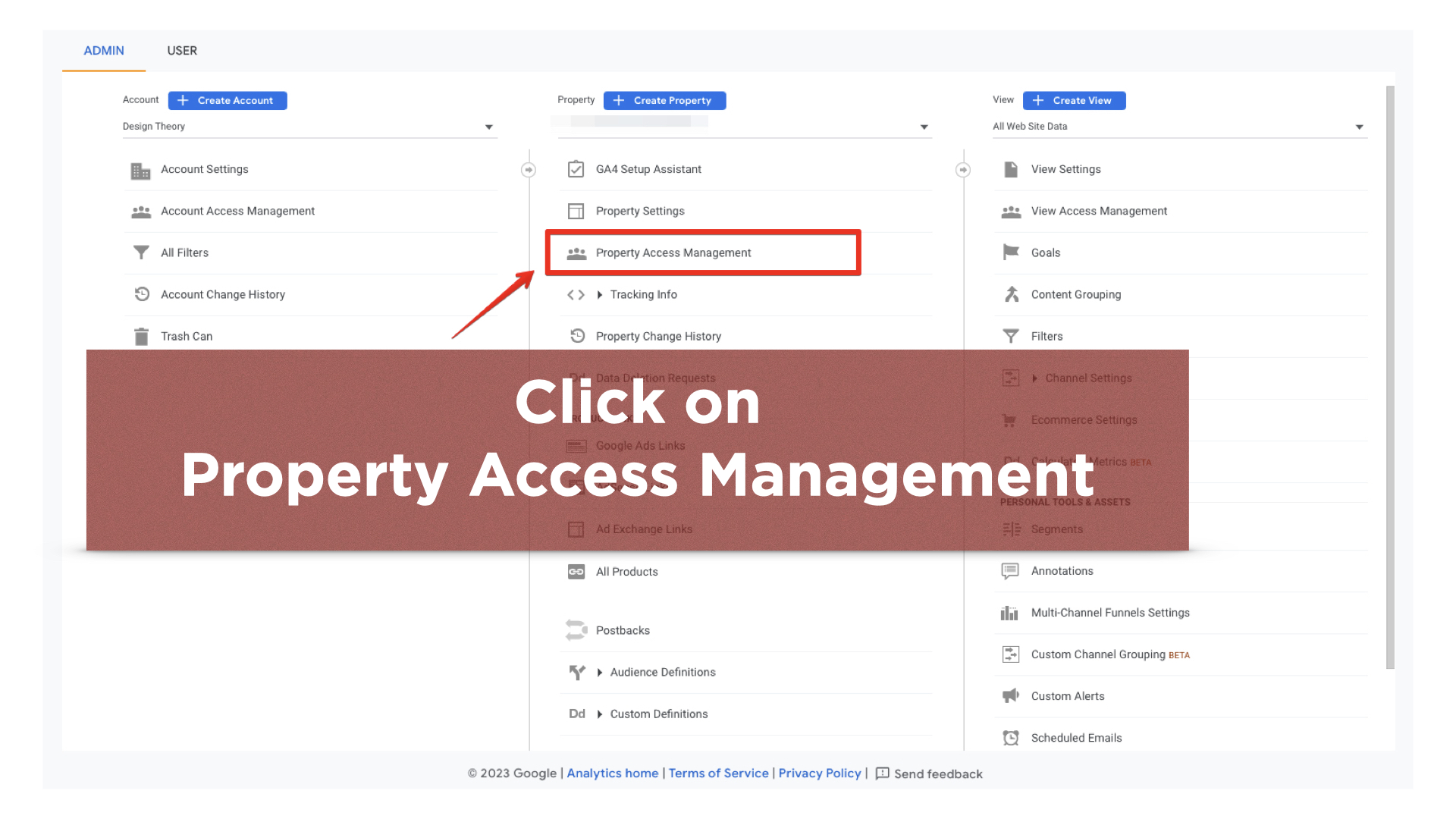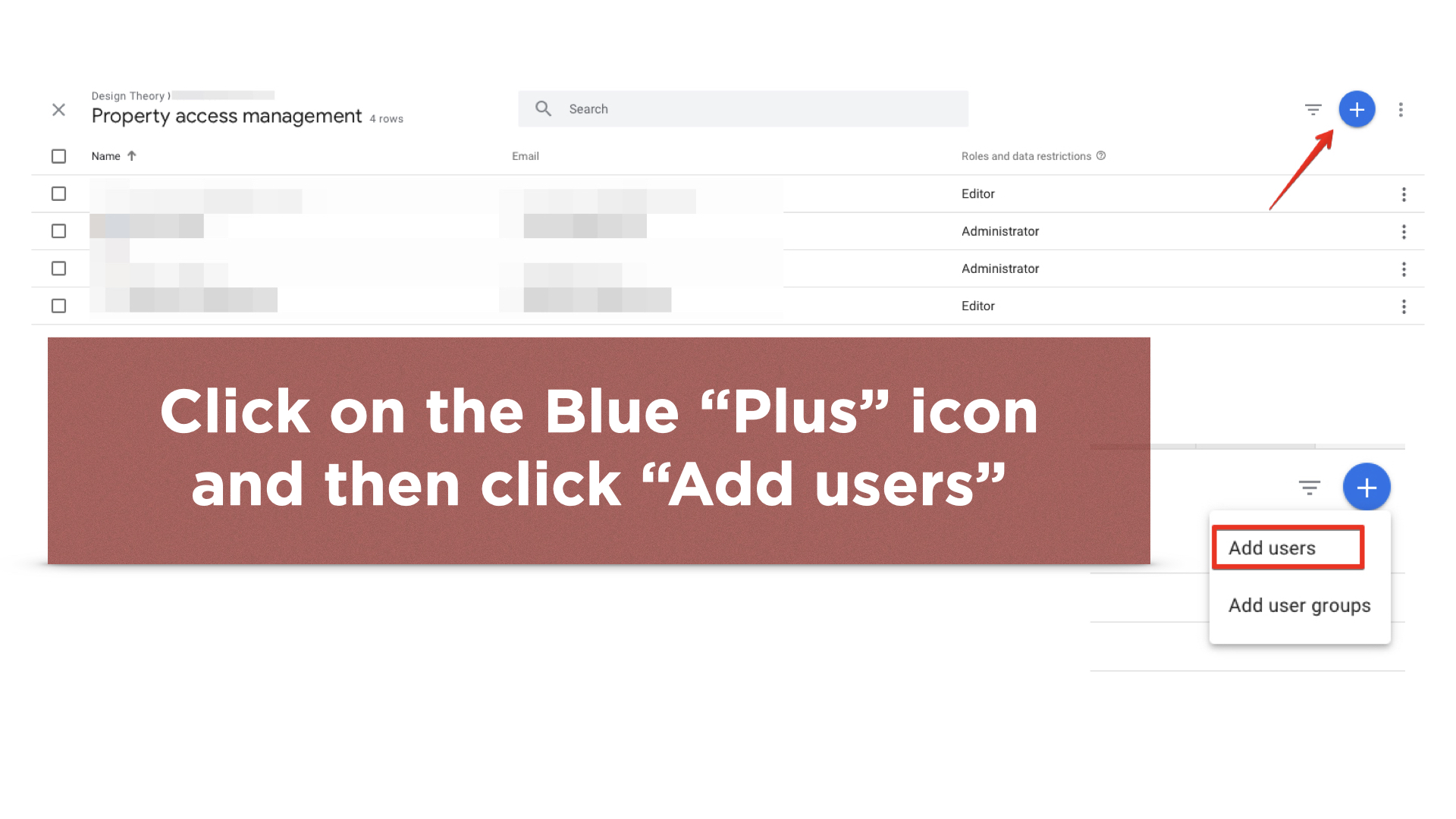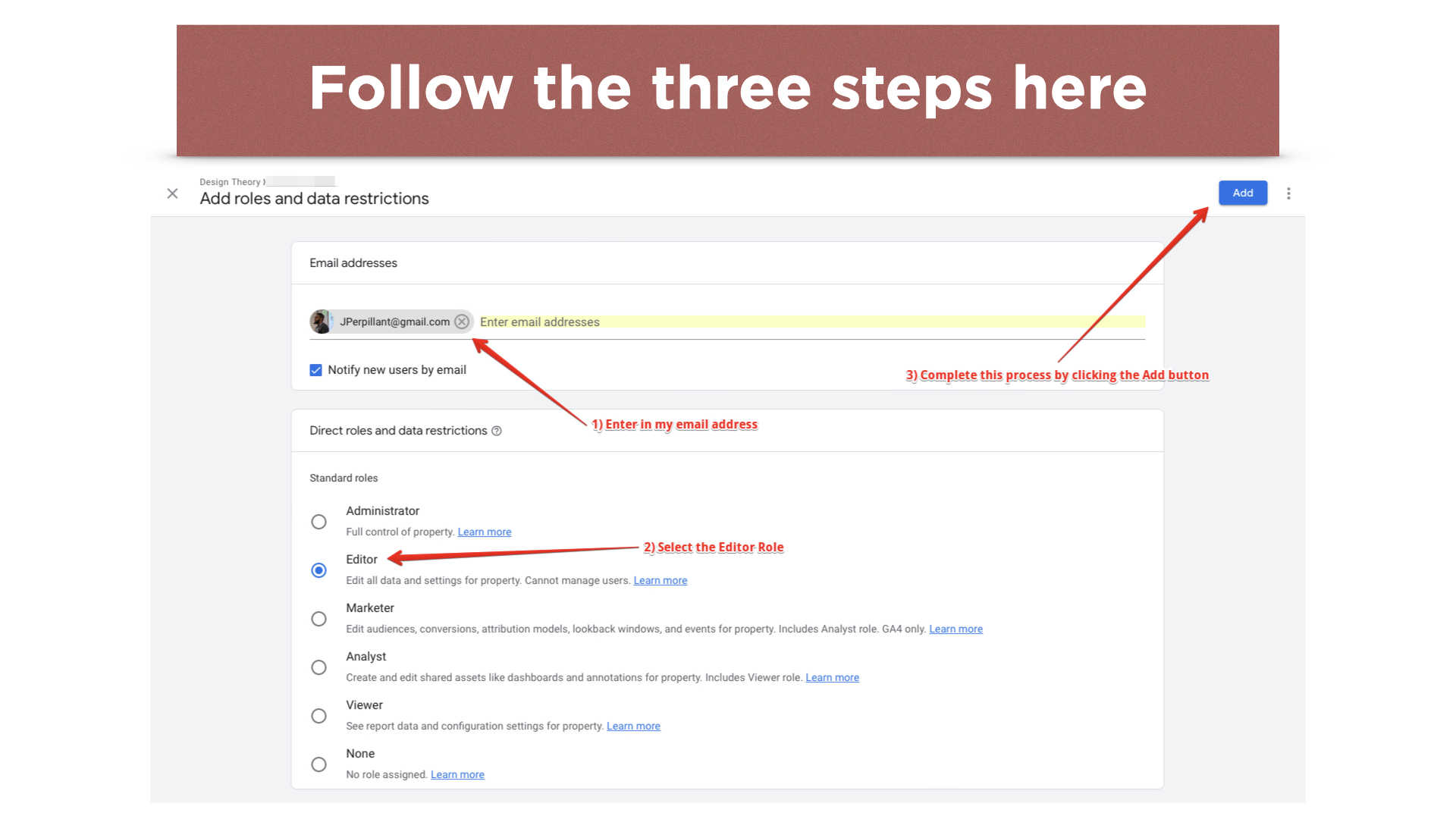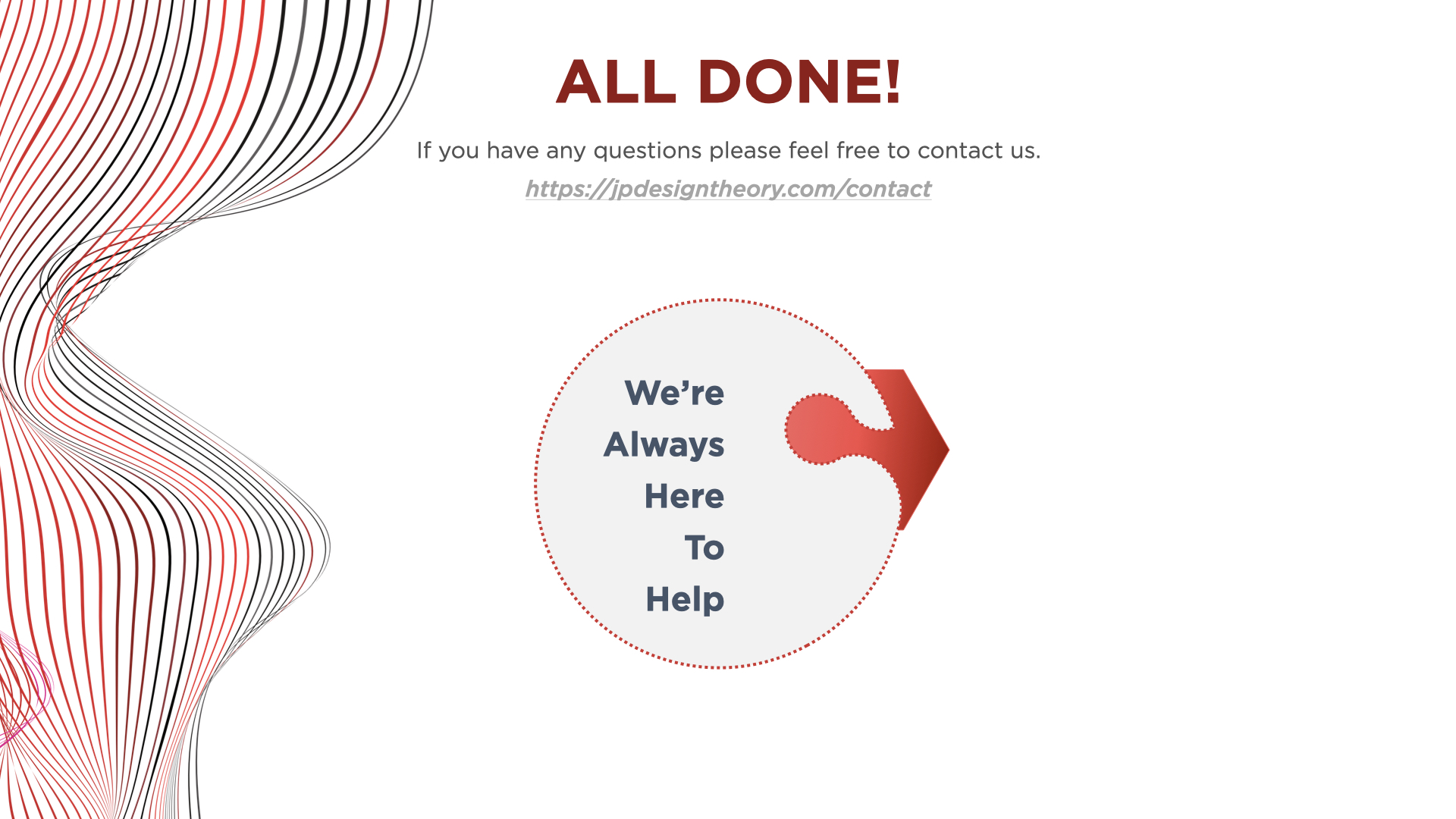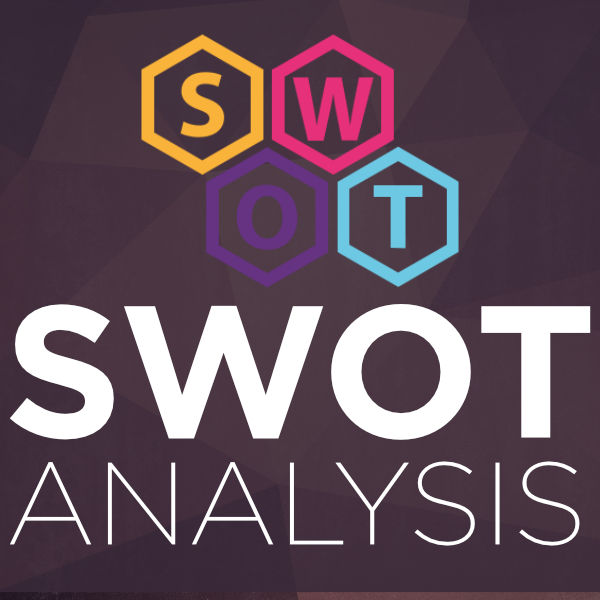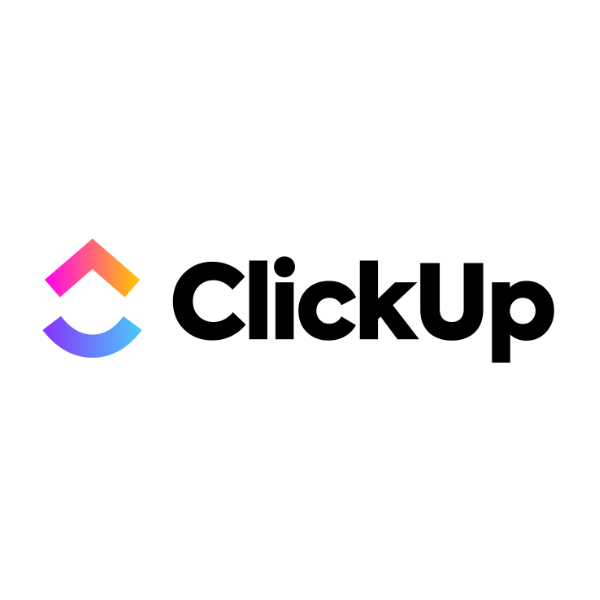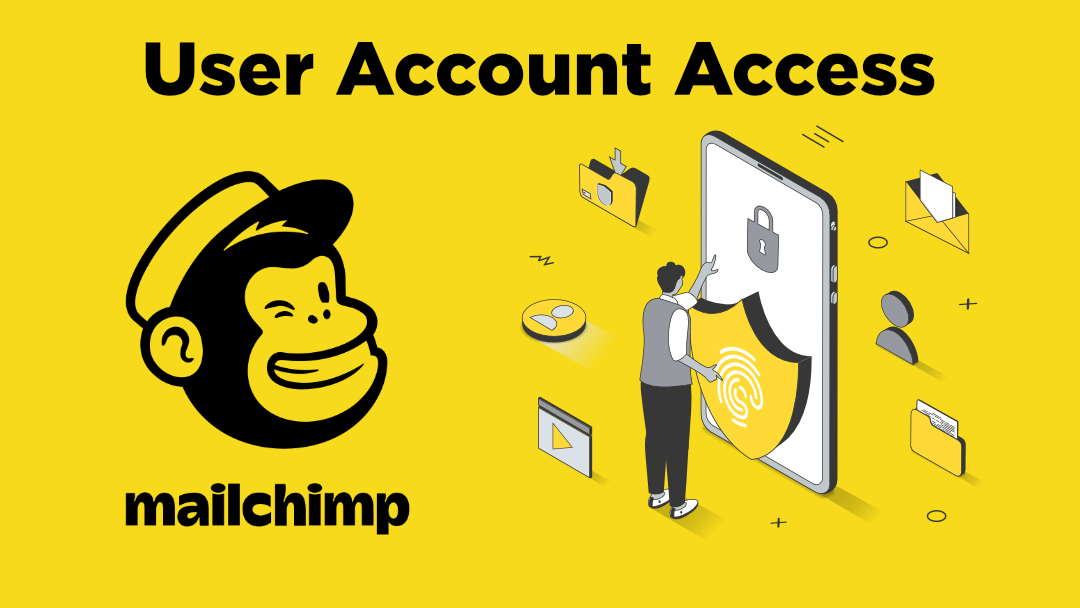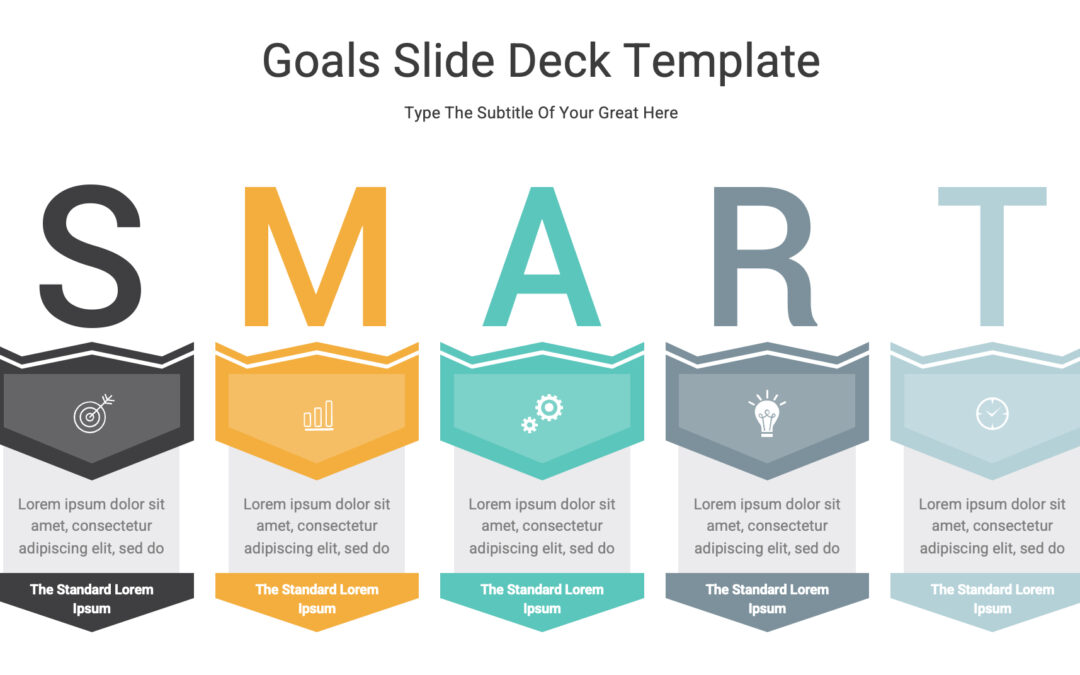
All Posts, Business Strategy, Work Life
This is a touchy topic for me, and I want to be transparent about that right out of the gate. I’m one of those people that love checklists, task lists, agendas, timelines, and even time-boxing. But when I am starring at multiple project management apps, multiple lists, and multiple deliverables, it can be debilitating.
Setting realistic yet challenging goals is key to achieving success as a small business owner. By setting goals that are attainable, you can stay motivated and focused, but by making sure they are also challenging, you can push yourself to grow and improve.
Have You Heard About the SMART Framework?
A good way to set goals is by using the this structure of Specific, Measurable, Achievable, Relevant, Time-bound. I won’t get into each of them too much but the shortcut of all of those is to consider each part of that framework when you are creating or defining out your goals. If they don’t have each of these elements then chances are you won’t actually achieve completion. Remember, the “goal” of this is to be in or better align with your overall business objectives.
Keep your focus on the most important thing at the start of your day, which is to take action and make progress towards your goals, no matter how small. I can’t tell you how many times I’ve felt stuck or overwhelmed with so many things I want to get done or accomplish, but then shifting to low hanging fruit, or things that will give me a sense of completion really help boost motivation to go and tackle bigger things. We’ve all heard of “Eat That Frog” and sometimes doing that first makes the rest of what you need to do seem like easy downhill coasting. Every step you take, no matter how small, is a step in the right direction. And don’t forget to celebrate your successes along the way!
One last idea, put your goals out there in public. Peer motivation can also be a great motivator. Again follow the S.M.A.R.T. framework, and see how much more accountable you will feel and encouraged to digging into your goals and making consistent progress each day.
Download a free Goal Slide Deck Template: http://dthero.co/goalslidedeck
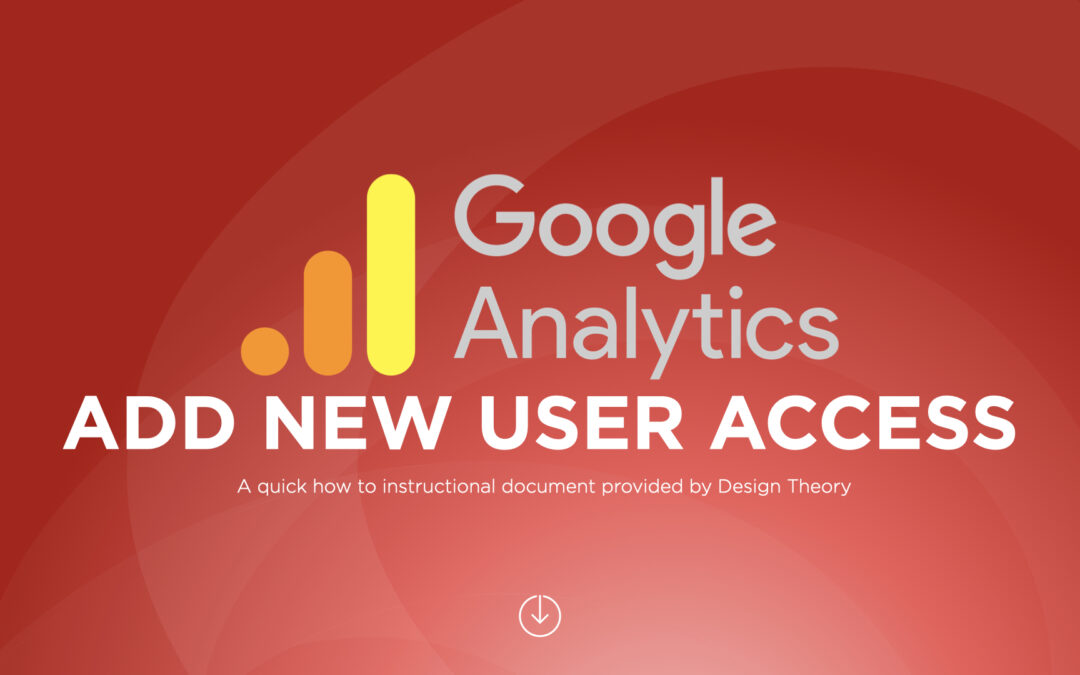
All Posts, How to, Marketing, SEO
Google Analytics is a powerful tool for tracking website traffic and user behavior. However, sometimes you need to share access to your Google Analytics account with other people, such as team members or clients. In this quick blog post, we’ll show you how to easily add a new user and provide specific access for Google Analytics, so you can collaborate and share data with others. Whether you’re a business owner, marketer, or developer, this will help you quickly perform this process.

All Posts, Marketing
You may have read headlines or seen references to lead conversions and if you’re not sure what this means or even where to start, this article is for you.
What is a Conversion
A conversion is when a potential customer has engaged with your brand or business in some form, and then proceeded to take an action. That action may be signing up for a mailing list, purchasing an item, followed you on a social platform, or even subscribed. The end result is whatever outcome you’d like for your potential customers to do. So take a minute and consider any marketing efforts you’re currently doing, like maybe you have a special deal on your website? A recent social media post? An email newsletter with links to videos or a survey? The options are endless, but still there is a measurable metric that will ultimately be calculated for the amount of potential customers/leads that you’ll be looking to attract.
What is a Lead
Simply put, a lead is a person who has interest in your product or service that can make a decision about buying. There’s a difference between people looking to kick tires, but don’t have authority to actually make a purchase. The conversation or content to those information seekers should differentiate them from their counterparts or management who are able to make purchasing decisions. A lot of times we create content that’s like spaghetti on the wall with the hopes that something speaks to the right person amongst all the mess on the wall. Truth be told, no one likes a mess, let alone want to eat off a wall.
How to Calculate Your Conversion Rate
Every business is different with regards to their prices for their products and/or services. So while we’re going to talk about conversion rates, I would suggest that you sit with your team and decide what is an acceptable goal that is something your business isn’t complacent with but is within attainable number.
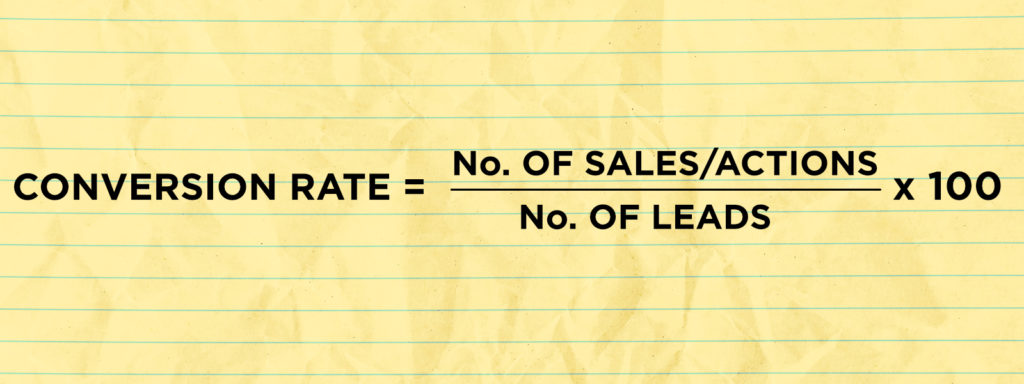
Ok so essentially to the formula for calculating your conversion ratio is: Conversion Ratio = Number of Confirmed Sales/Action, Divided by the Total Number of Leads Multiplied by 100. A common conversion rate is anywhere from 10-20%. When you step back and think about it, it’s a numbers game. The more leads you have the more potential sales you should have which ultimately boosts your bottom line.
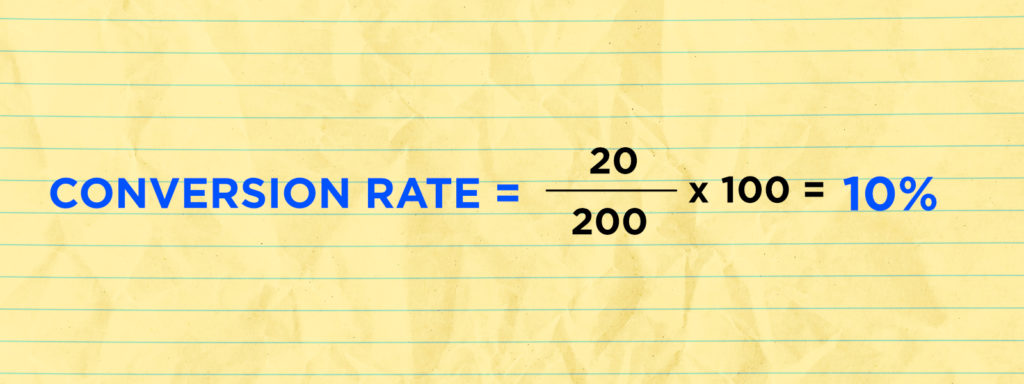
If in a week you are able to attract 200 leads and 20 of them convert, that gives you a 10% Conversion Rate. The other piece to this with your business is to see how consistent you are with your metrics. Are you consistently getting 200 leads? What are the marketing methods your using to attract those leads? If you were to double those efforts or marketing budget, would that also double the amount of leads? Could there be other marketing efforts through other channels and platforms that you can also track and measure to perform the same?
One last thing to point out here is that by doing this exercise, you can also calculate your cost per customer. This is called Customer Acquisition Cost (CAC). Since you know how many customers or leads you’re getting from the above equation, you’ll need to know how much it costs for your marketing efforts. This includes but isn’t limited to cost for flyers, business cards, ad-spend on social media platforms, Google Ad campaigns, article boosting and promoting, and more. Count all of your marketing costs up and divide that by the number of confirmed customers/sales. For example, if my monthly marketing costs is $1,000, and our business is averaging 100 customers a month, well my CAC is $10 or every new customer costs me $10. Now if each new customer purchases a product or service at least say $200, then my average sales for those same 100 customers will gross us $20,000. And again, if it only costs me $10 for each new customer, wouldn’t you say that’s a worthwhile budget and spending plan?
If you or your business needs help with formulating your conversion rate or you’d like ways to boost your metrics, feel free to contact us because we’d love to help.
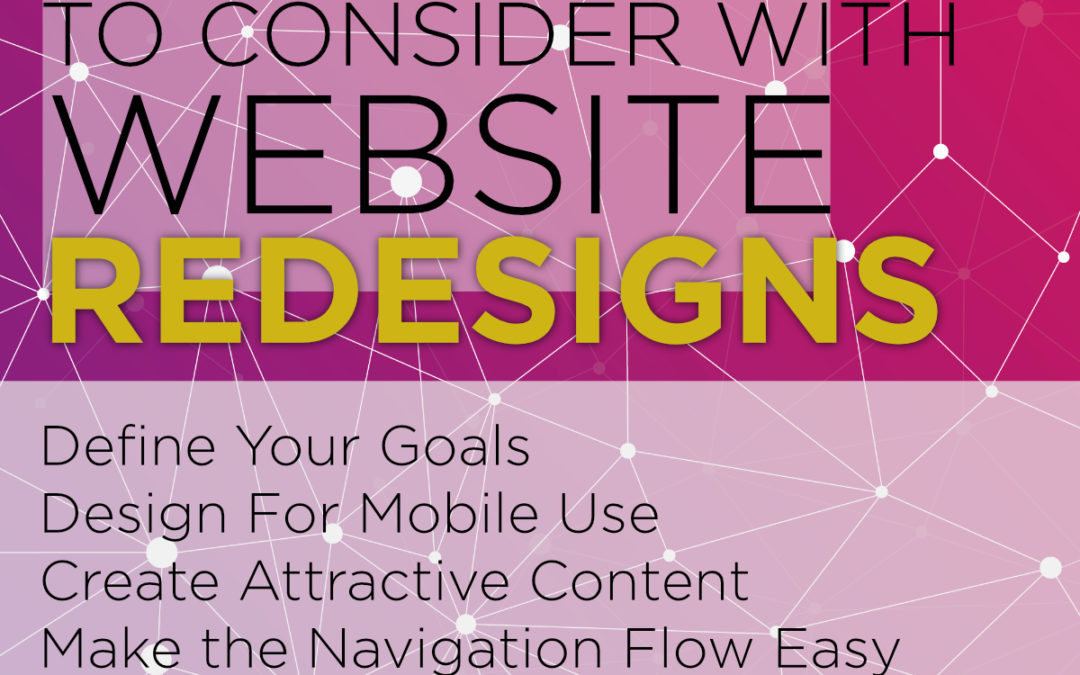
Business Strategy, Web Design
Define Your Goal(s)
It’s important to have a an accepted end point that you and your team share, and then you can build the roadmap to how to achieve it. Having clear and defined goals help to ensure the success of your efforts with the redesign. It also will bring into scope what content, functions, specific designs, and other elements that will be required and allow you to break each goal down into silos with milestones and tasks.
Create Attractive Content For Your Audience
The best content is content made for specific individuals. The idea of generalized media with a spaghetti on the wall approach is meaningless and a waste of time (and money). So instead, do some research on what your custom avatar is challenged with and how your MVP is going to address their issue(s). You’ll want to lead with that on your home page, then provide proof of concepts, examples, case studies, and testimonials. If you have some big partnerships or known influencers, leverage their contributions and feedback as well. All of these can greatly help change a potential client/customer from kicking tires to frantically looking for a BUY NOW button.
Design For Mobile Use
The data shows that more websites are viewed on a mobile device over desktops. Yes widescreen monitors are nice and I’m sure your brand graphics could look amazing on them. But going back to the goals, what is the main function your online visitors are expected to want to do? Are they mainly going to pull up your website to see graphics and ponies scroll across the screen in a parallax or slider? Is that going to make them more inclined to use your call to actions or sign ups? If so and you can make all that work on a mobile device using average network speeds, go for it all. Otherwise it may be worth to disable some elements that are useful on the desktop but not necessary for a mobile experience so that your content loads even faster and satisfies the ever dwindling patience of today’s society.
Make The Navigation Flow Easy
A hamburger menu is those three lines at the top corner of the website – on mobile – that help visitors click to show a full menu of pages and subpages to navigate or jump to. If your site doesn’t have this as a feature, you’ll certainly want to incorporate it. Being responsive and Google Mobile Friends is also key for SEO purposes and for Accessibility. Those are the technical, but let’s also take a second to consider how your visitors “should” be navigating from page to page like as if they were reading a book. Will you have landing pages optimized with content that you’ll be using ads and retargeting so that when visitors do “click” and get to your landing page(s), they’re offered a seemless experience and then can easily tell what their next steps should be? Are large buttons and large arrows necessary? Or do images alongside content helping the eye navigate along a page clear interaction points shown. PRO TIP: On your current website, install a Heat Map so that you can see how and what people are using their mouse and spending time on for each page on your website.
Create Multiple Landing Page With Specific Strategies
I’ve hinted about landing pages above, but let’s talk a bit more about it here. Landing pages serve singular purposes, and that’s to provide information on a product or service with a clear and sometimes repeated offering or call to action. The normal top or side page navigation menus are not aways displayed because we’re hoping to keep the visitor focused on just what they see on the page. There may be an introductory video, infogrpaphic, product images, before and after photos, you name it. All of these along with supporting text that better describes a need or challenge that the visitor can have solved by taking another step. Maybe that’s to sign up for a newsletter, purchase a product, subscribe to a newsletter or mailing list. There’s no limit on the amount of content needed on each of your landing pages or a limit on how many landing pages you can or should create. Having multiple can help with A/B testing, segmenting your audience, providing variations for your digital marketing ad traffic and audience and more. Consider your landing page almost like a deal closer that can speak to anyone in your target audience, but in a specific way that they’ll understand individually and appreciate.
I hope that you found these points useful and relevant if you’re going through or planning a redesign with your company website. Each business is different and there are many other things to consider. If you’d like help with a strategy for your own redesign be sure to contact us.



